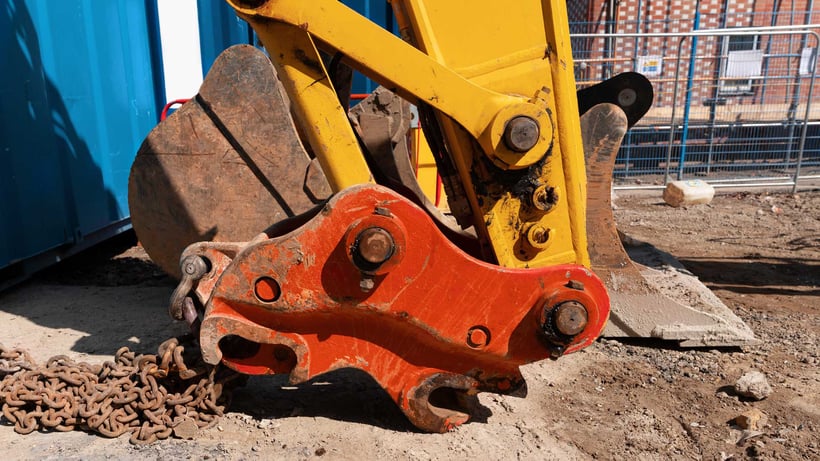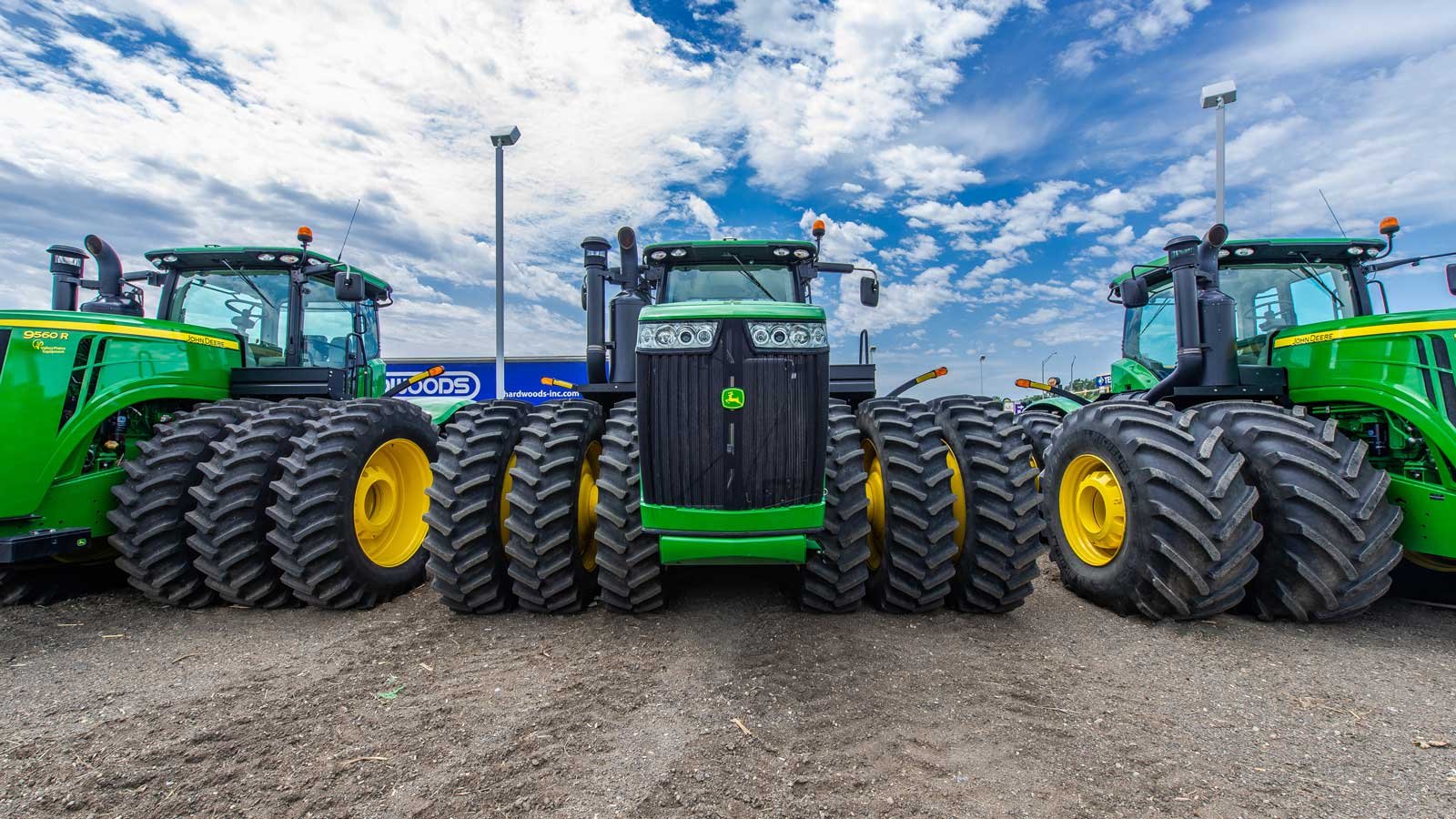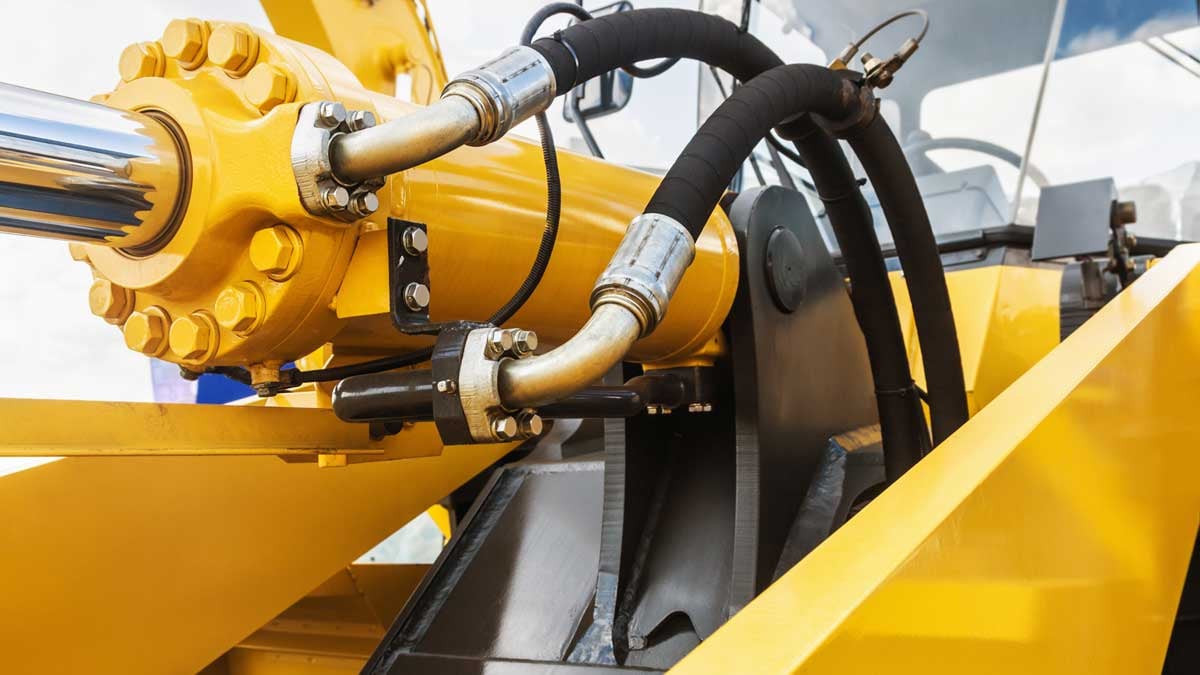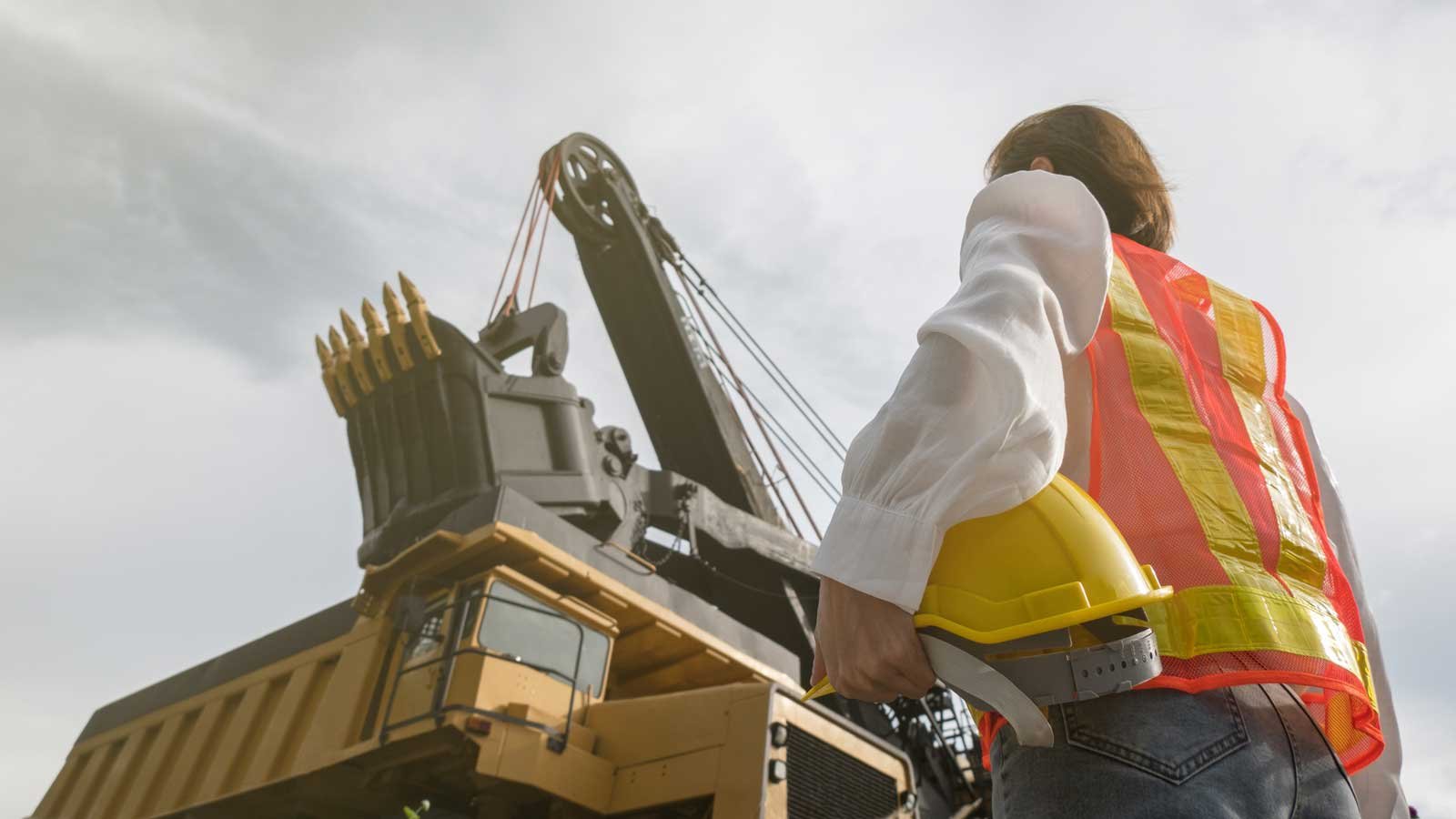AS13031:2023
Earthmoving machinery - Quick couplers - Safety (ISO13031:2016 MOD)

The new standard covers all types of hitches including excavators, backhoes and front end loaders. This article only covers changes to quick hitches designed for excavators and rear backhoe booms.
Background
Quick hitches have long been a favourite on earthmoving machinery in Australia. The reason for this favour is that the device allows the operator to change attachments quickly and easily thus diversifying the tasks the machine can perform.
There are three types of quick hitches -
-
Mechanical
-
Semi automatic
-
Fully automatic
AS4772:2008 - Earth-moving machinery - Quick hitches for excavators and backhoe loaders was the first Australian Standard for these devices. It was developed in Australia by an Australian Standards committee. This standard covered the design and use of quick hitches to mount attachments on excavators and the rear arm of backhoe loaders. It did not cover hydraulic couplers on loaders and material handling machines.
Quick hitches came into focus due to an increase in safety incidents, semi automatic in particular, as this type arguably did not meet the requirements of the OHS laws at the time. This type of quick hitch required the operator to leave the cabin and remove the retention/safety device manually, return to the cabin, change attachments then return to the hitch and replace the retention/safety device, go back to the cabin and continue operation with the new attachment fitted. This process meant that many operators simply did not install the retention/safety device, leading to attachments falling off during operation.
Fully automatic hitches seemed to solve this issue however certain designs allowed the operator to disengage the retention/safety device from the cabin while the attachment remained attached. This introduced a new hazard, uncontrolled movement, as the attachment could swing uncontrolled whilst still attached. Once again this did not meet the requirements of the OHS laws or the new WHS laws introduced in 2011.
As a result, WorkCover NSW (now Safe Work NSW) introduced a code of practice in 2015 to help manage these issues. This document also put a time frame on the use of all semi automatic and fully automatic hitches that allowed attachments to retain & swing. See our article here.
Key changes
-
Semi automatic hitches do not meet the requirements of this standard
-
Fully automatic hitches that allow attachments to swing if the primary retention system fails do not meet the requirements of this standard
-
Lifting points must form a closed eye, spring loaded latches of a particular design are permitted
-
Manual hitches must have a primary retention system and a secondary safety system
-
Detailed specific requirements for the design of the control system
-
Requirements for audible alarms vary depending on the control system
We are currently working with the state based regulatory authorities to finalise our approach to these key changes.
Disclaimer: This information is intended to provide general information on the subject matter. This is not intended as legal or expert advice for your specific situation. You should seek professional advice before acting or relying on the content of this information.
Related Guides







